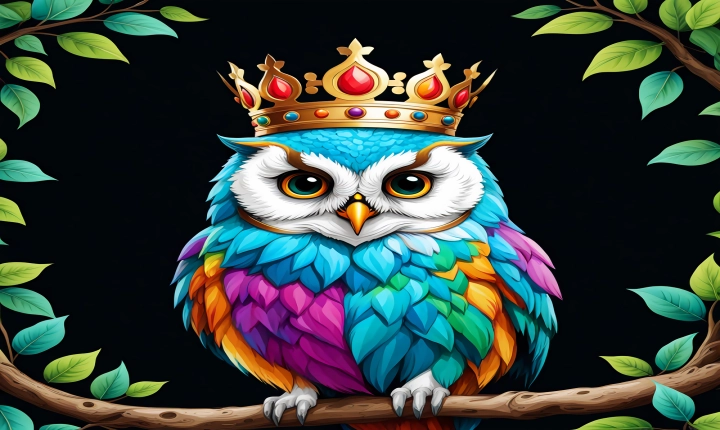Creating AI images involves using artificial intelligence (AI) algorithms and techniques to generate images that closely resemble real photographs, paintings, or digital art. This fascinating and increasingly popular field has applications in a wide range of industries, including design, advertising, gaming, and art.
Here’s a step-by-step guide on how to create AI images:
1. Choose a Tool or Software: Select a tool or software that specializes in AI image generation. There are several popular options available, such as DeepArt, Runway ML, Artbreeder, and DALL·E. Each of these platforms has its own features and strengths, so it’s essential to research and select one that best suits your needs.
2. Gather Training Data: AI image generation often relies on a process called “training” where the AI model learns from a large dataset of images. Depending on the specific tool or software you’re using, you may need to gather a diverse range of images to feed into the AI model for training. It’s crucial to ensure that the dataset represents the kind of images you wish to generate and that it includes a variety of styles and subjects.
3. Understand the Algorithm: Familiarize yourself with the underlying algorithm that powers the AI image generation process. While you don’t necessarily need to be an expert in machine learning, having a basic understanding of the principles behind the algorithm can enhance your ability to use the tool effectively. This knowledge can also help you make informed decisions on how to adjust parameters and optimize the results.
4. Experiment with Parameters: Most AI image generation tools provide users with control over various parameters such as style, color, texture, and composition. Familiarize yourself with these parameters and experiment with different combinations to create images that align with your artistic vision. Be prepared to spend time learning how each parameter affects the final image and how to fine-tune them to achieve the desired results.
5. Feedback Loop and Iteration: Generating compelling AI images often involves an iterative process of trial and error. After generating an image, assess its quality and make adjustments to the parameters accordingly. Iterate through this process, continually refining and improving the images until they align with your artistic vision.
6. Ethical Considerations: When creating AI images, it’s crucial to consider ethical implications, especially if the images will be used commercially or shared with the public. Understand the legal and ethical guidelines for using AI-generated content, including respecting copyright laws and ensuring that the generated images do not infringe on the rights of others.
7. Practice and Patience: Like any creative endeavor, creating AI images requires practice and patience. Experimenting with different techniques, soliciting feedback, and studying the work of other artists can help sharpen your skills and expand your creative horizons.
AI image generation represents a compelling intersection of art, technology, and creativity. By following these steps and continually refining your skills, you can embark on an exciting journey of creating stunning AI-generated images that push the boundaries of traditional art and design.
